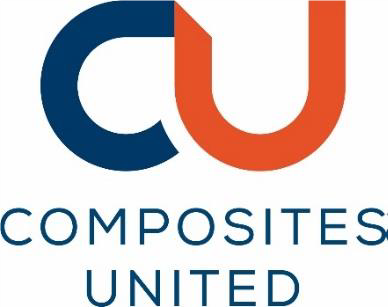
CU - Fachinformationen-öffentlich
CU - Fachinformationen-öffentlichApp-Einstellungen:
The Predictive Capabilitiy of Failure Mode Concept - Based Strength Criteria for Multidirectional Laminates
(
Begriff,
 Englisch
)
Englisch
)
The Predictive Capabilitiy of Failure Mode Concept - based Strength Criteria for Multidirectional Laminates
by R. Cuntze and A. Freund
Part A:
This contribution is a postrunner to the 'failure exercise'. It focuses on two aspects of the theoretical prediction of failure in composites. First, the derivation of failure conditions for a unidirectional (UD) lamina with the prediction of initial failure of the embedded lamina and secondly, the treatment of nonlinear, progressive failure of 3-dimensionally stressed laminates until final failure. The failure conditions are based on the so-called Failure Mode Concept (FMC) which takes into account the material-symmetries (by the application ofinvariants) of the UD-lamina homogenized to a 'material', and on a strict failure mode thinking. The results of the investigation are stress-strain curves for the various given GFRP-/CFRP-UD-laminae, biaxial failure stress envelopes for the UD-laminae, and initial as well as final biaxial failure envelopes for the laminates. In addition a brief comparison between Puck's and Cuntze's failure theory is presented by the authors themselves.
Part B:
This paper represents the author’s contribution to Part B of the world-wide failure exercise. An assessment is made of the correlation between the predictions of Part A, based on FailureMode Concept (FMC)-derived 3D strength criteria for UD laminae, and experimental results provided for biaxial initial and final failure envelopes and stress strain curves of various unidirectional and multidirectional laminates.Some simplifying refinements of the failure conditions and some improvements of thecomputer code used are presented. Special emphasis has been put on the difference between an isolated and an embedded lamina.The predictions for the slaminate tube showed the highest discrepancy but couldbe partly interpreted? For this extremely non-linear test case still the improved code needs anupgrading that tackles bulging in addition. UD strength input and associated laminate test results seem not to match in some test cases.Therefore, some tests have to be carefully re-evaluated and others repeated. The informationabout the stress-strain-deformation behaviour was not sufficient to fully explain the test data. Finally, areas which require further work are depicted with the essential result: Too sophisticated applications of IFF conditions based on tests with isolated UD specimens (weakest link problem) needs to be re-examined, as embedded laminae in a laminate possess redundancy and are believed not to exhibit the scatter of isolated laminae. This should be investigated targeting at an engineering method for the Ultimate Proof of Design which accounts for the diminishing influence of the IFFconditions with increasing laminate strain level.
Dateien
-
Draft WWFE-I B 2004 - The Predictive Capability of Failure Mode Concept-based Strength Criteria for Multidirectional Laminates.pdf
Draft WWFE-I B 2004 - The Predictive Capability of Failure Mode Concept-based Strength Criteria for Multidirectional Laminates.pdf
Bild 1 von -
Draft WWFE-IA 2003 - THE PREDICTIVE CAPABILITY OF FAILURE MODE CONCEPT - BASED STRENGTH CRITERIA FOR MULTIDIRECTIONAL LAM...pdf
Draft WWFE-IA 2003 - THE PREDICTIVE CAPABILITY OF FAILURE MODE CONCEPT - BASED STRENGTH CRITERIA FOR MULTIDIRECTIONAL LAM...pdf
Bild 2 von

